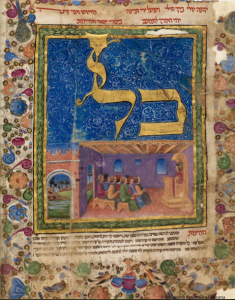The Future Library
A long view of the precious beauty of a simple book, and a new experience of thinking about the passage of time…
“In its essence, Future Library is hopeful – it believes there will be a forest, a book, and a reader in 100 years.” — Margaret Atwood
Growing A Book For One Hundred Years
(The Blog of the Long Now)
“It started with a seed planted in the mind of Scottish artist Katie Paterson when she made the connection between tree rings and chapters of books. Now several years in the making, Paterson’s vision will unfold over the next century in her artwork Future Library–an ambitious and evolving piece that will outlive Paterson and most of us living today…”
For the rest click here. For a video on the project click here.
For information on the related project: The Manual of Civilization, click here.
Share



